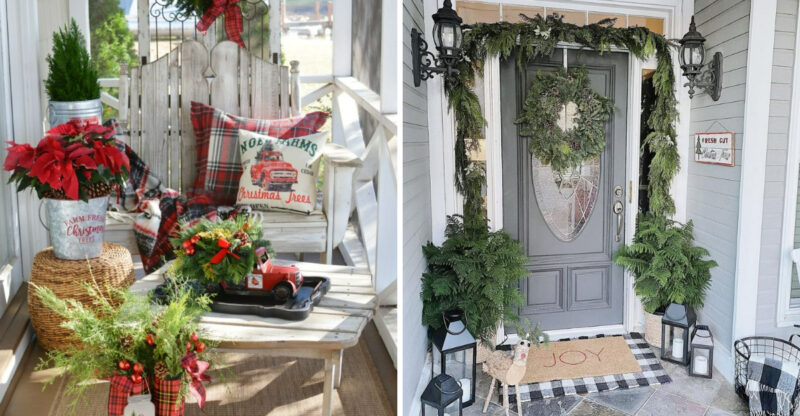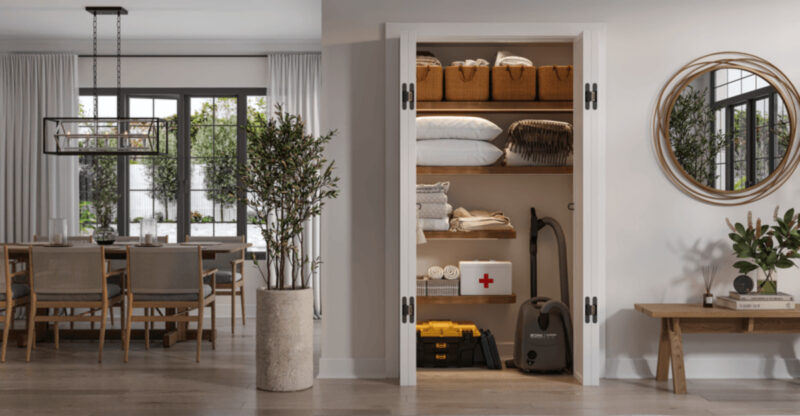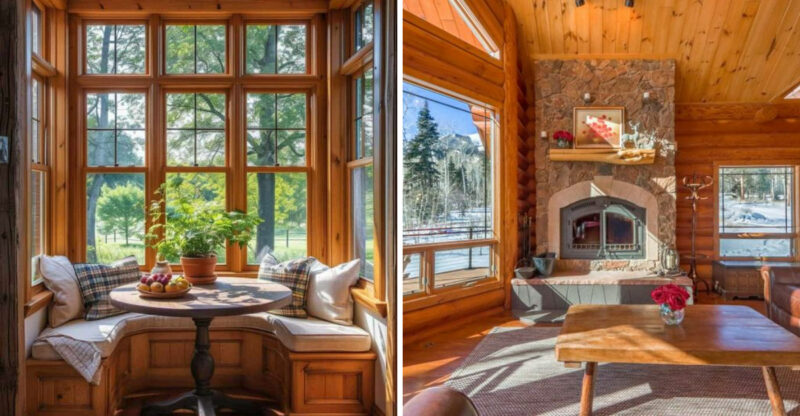Types Of Homes In Florida Likely To Have Value Adjustments

Florida’s real estate market is always changing, with home values that go up and down based on many factors. Some types of homes in the Sunshine State face bigger swings in value than others.
Knowing which properties might see major price changes can help both buyers and sellers make smarter choices in this unique market.
1. Coastal Properties With Hurricane Risk

Beachfront dreams come with stormy realities. Homes along Florida’s coastlines face increasing insurance costs and stricter building codes after each major hurricane season.
Many owners find themselves paying significantly more for wind and flood coverage, directly impacting property values. Some areas have seen dramatic drops after devastating storms like Hurricane Ian.
Despite these challenges, prime waterfront locations still command premium prices. It’s creating a market where identical homes just miles apart can have vastly different valuations.
2. Older Homes Without Updated Flood Mitigation
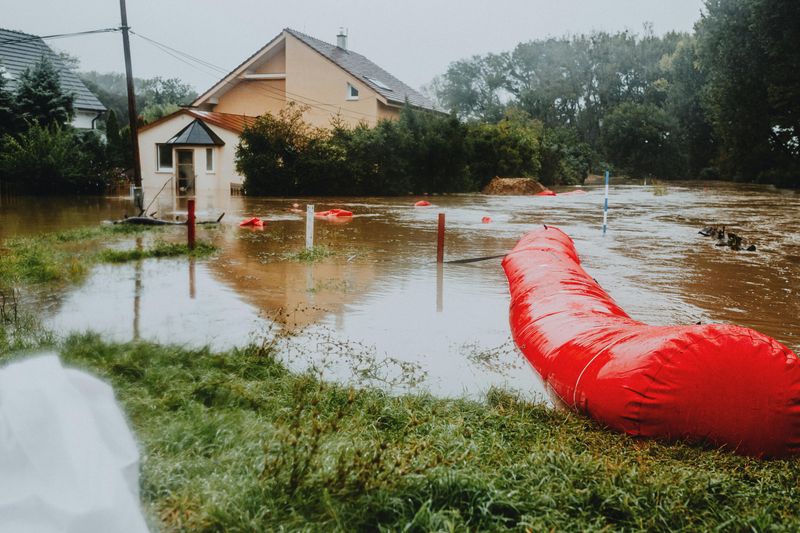
Vintage charm meets modern flooding concerns. Older Florida homes built before current flood regulations often sit at lower elevations without adequate protection against rising waters.
As flood maps update and insurance requirements tighten, these properties frequently face significant value adjustments. Buyers increasingly hesitate when considering homes without elevated foundations, proper drainage systems, or flood-resistant materials.
Some neighborhoods with beautiful mid-century homes now see declining prices. All solely because of their flood vulnerability status.
3. Golf Course Communities

Once the crown jewels of Florida real estate, golf course homes face uncertain futures. Many courses struggle financially, leading to closures or reduced maintenance that directly impacts surrounding property values.
When a pristine fairway transforms into overgrown land or development space, homeowners can see values plummet overnight. The changing popularity of golf among younger generations further complicates these communities’ long-term outlook.
Still, well-maintained courses in desirable areas continue to command premium prices. This creates a widening value gap within this category.
4. Properties In Flood-Prone Inland Areas
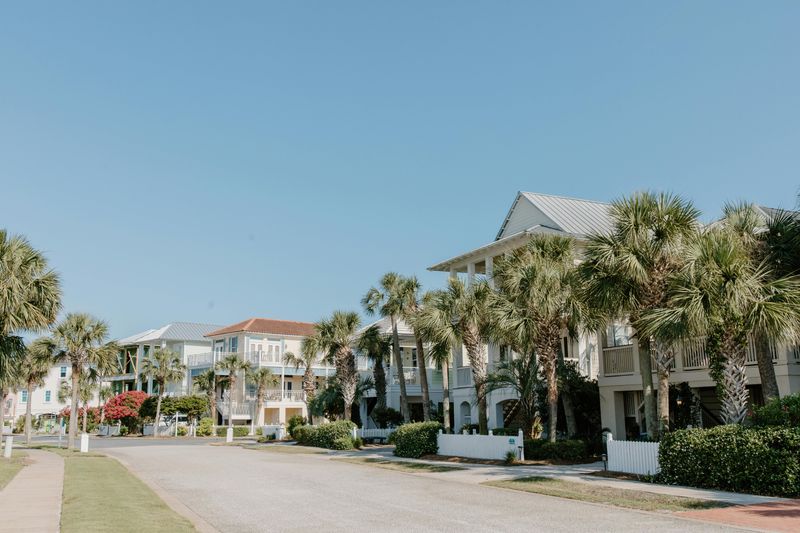
Not all flooding happens at the beach. Central Florida neighborhoods near lakes, rivers, and low-lying areas frequently experience significant flooding during heavy rain events, affecting property values.
Homes in these zones increasingly face insurance challenges as private carriers retreat from the market. Many neighborhoods that rarely flooded historically now experience regular water intrusion due to development patterns and changing weather.
Properties with documented water damage histories typically see the most dramatic value adjustments. They are sometimes selling for 30-40% less than similar dry homes nearby.
5. Manufactured Homes In Hurricane Zones
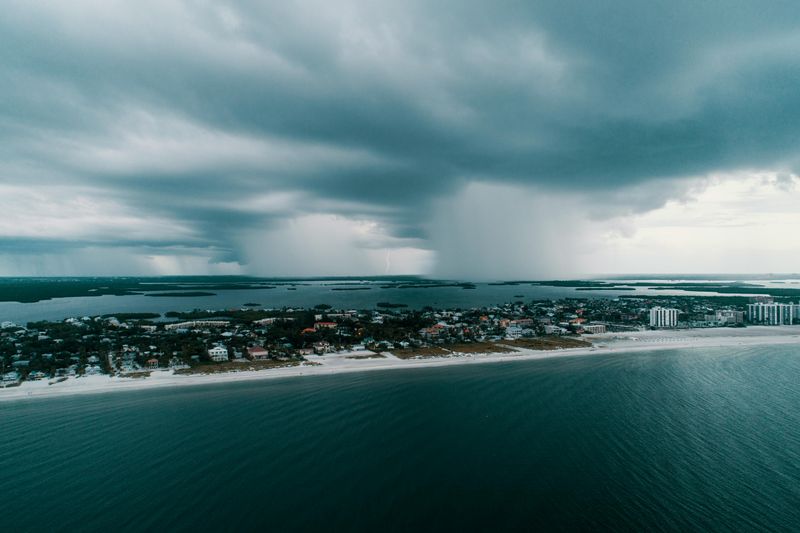
Affordable housing options with unique value challenges. Manufactured homes throughout Florida face stricter insurance requirements and higher premiums, especially in hurricane-prone regions.
Older mobile homes built before 1994’s improved construction standards experience the most significant value fluctuations. Many insurance companies refuse coverage entirely for these properties, making financing difficult and reducing the buyer pool.
Despite these challenges, manufactured housing remains an important affordable option in Florida. Newer, hurricane-resistant models are holding value much better than their older counterparts.
6. Homes In Rapidly Gentrifying Neighborhoods
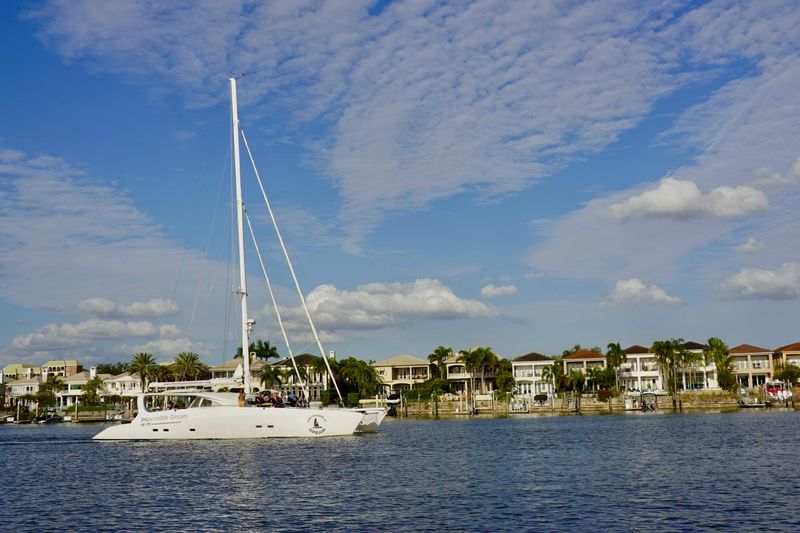
Urban transformation creates both winners and losers. Florida cities like Tampa, Orlando, and St. Petersburg have neighborhoods experiencing rapid gentrification, with dramatic value shifts happening block by block.
Original homes in these transitioning areas often see property tax increases that outpace longtime residents’ financial capabilities. Meanwhile, investors target these same neighborhoods for major renovations.
It creates a patchwork of property values where fully renovated homes might sell for triple the price of an unrenovated home next door. This volatility creates both opportunity and displacement.


